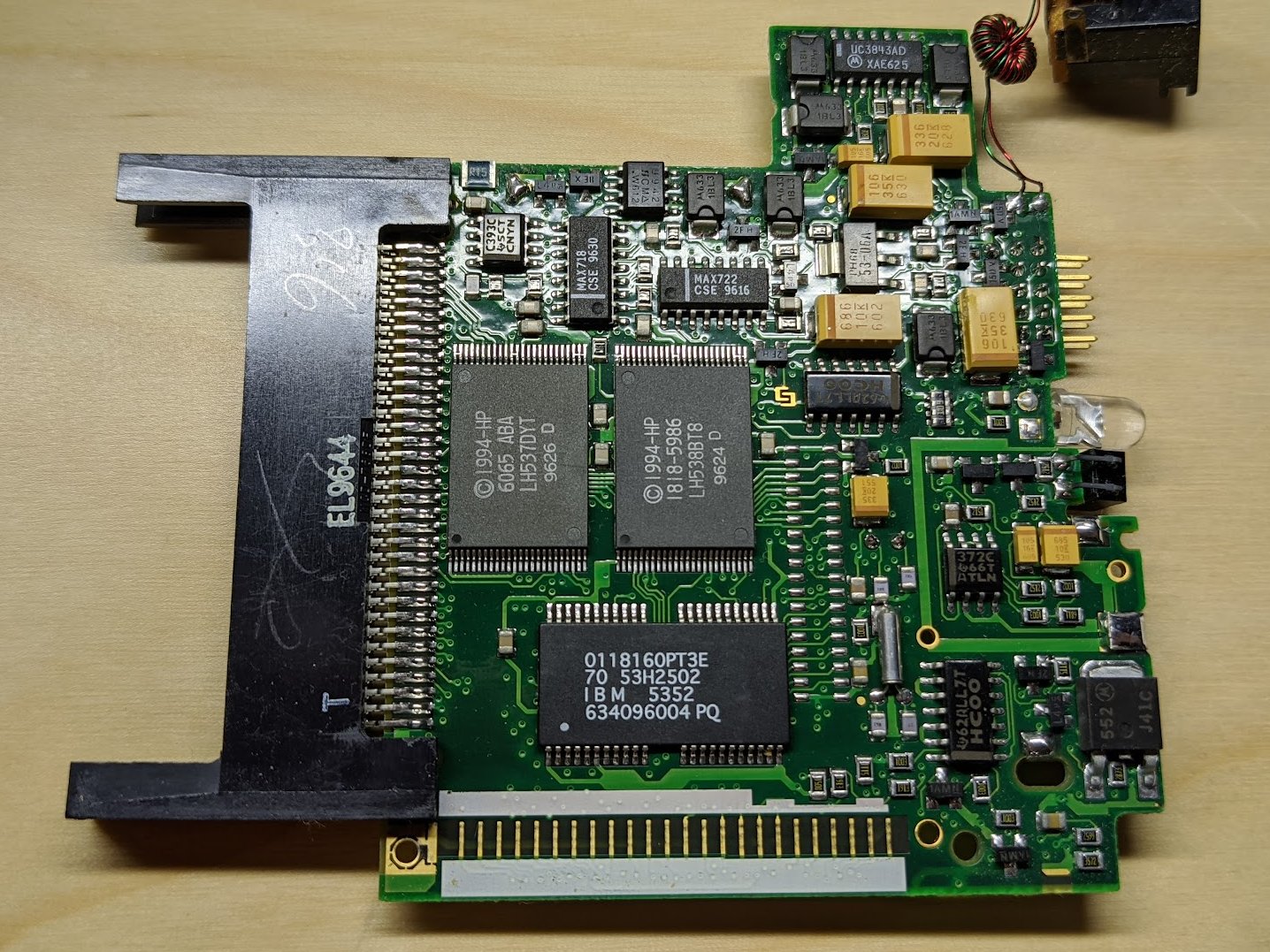palmtop.dev
On April 23, 1991, Hewlett-Packard Company unveiled project Jaguar — better known as the HP 95LX Palmtop PC. The pocket-sized device packed MS-DOS 3.22, 512KB of RAM, 1MB of ROM — including Personal Information Manager (PIM) applications, as well as the killer app of the time, Lotus 1-2-3 — and a PC-XT-compliant x86 architecture into just 11 ounces. Developed in conjunction with Lotus Development Corporation, the potent portable would go on to ship over 400,000 units.
Rapidly succeeding the 95LX, project Cougar — to be known as the HP 100LX — debuted in 1993. With a 640x200 CGA-compatible display, MS-DOS 5.0 in ROM, and a PCMCIA 2.0-compatible expansion slot, the 100LX represented a dramatic leap forward in the ability to run desktop DOS software. A faster, 80186-compatible Hornet CPU replaced the 95LX’s 8088-compatible NEC V20 CPU. The ability to charge NiCad AA batteries nudged the 100LX even closer to today’s portables, and away from its calculator roots.
The final evolution came in 1994 in the form of the 200LX. Project Felix added Intuit’s Pocket Quicken personal finance management software, as well as replacing the 100LX’s black case with a unique dark green. A 4MB version was introduced in February of 1997, along with a 2MB version of the DOS-only 1000CX variant. Despite being discontinued over two decades ago, the HP Palmtops’ popularity has endured, with working units easily obtainable today. This site aims to provide comprehensive information to the modern palmtop user, with an emphasis on software development and exploration.
Blog
TCP/IP and Web Browsing on the HP 200LX
Once you’ve configured networking on the HP 200LX, you may be wondering what to do next. Many of the connected applications we use today require a TCP/IP stack. While operating systems such as Windows 95 and above include such networking essentials, the same is not true of MS-DOS. This means that extra work is required to cruise the information superhighway from your palmtop. One solution is the mTCP library and TCP/IP application suite. While it is not a TSR that adds TCP/IP support for use by whichever applications you care to use, it includes a number of utilities that may satisfy all of your networking needs. These include a DHCP client for automatically configuring your connection, PING for confirming connectivity, a Telnet client, an FTP client and server, and even an HTTP server.
Quick and Easy Networking on the HP 200LX
When the HP 200LX was released in 1994, the most common communication device was the modem, but as the popularity of local networking and the internet increased, more PCMCIA Ethernet options began to appear on the market. The 200LX’s particular PCMCIA implementation, and the limited amount of power that it is able to supply mean that the number of compatible options is somewhat slim. But thanks to the ubiquity of the NE2000 chipset, viable options can sometimes appear in unexpected places. Socket’s Low Power Ethernet CF Card, designed for Windows CE devices, launched a decade after the 200LX, but its foundation on the venerable NE2000, as well as its low-power design, make it a great way to get your palmtop online.
HP 95LX Turns 30!
(and palmtop.dev turns 0)
On April 23, 1991, Hewlett-Packard Company unveiled project Jaguar — better known as the HP 95LX Palmtop PC. In celebration of this monumental anniversary, we are launching palmtop.dev - your source for comprehensive software development and exploration information for the modern palmtop user!
